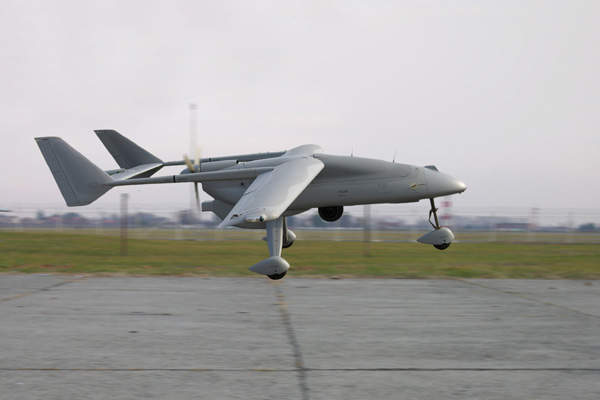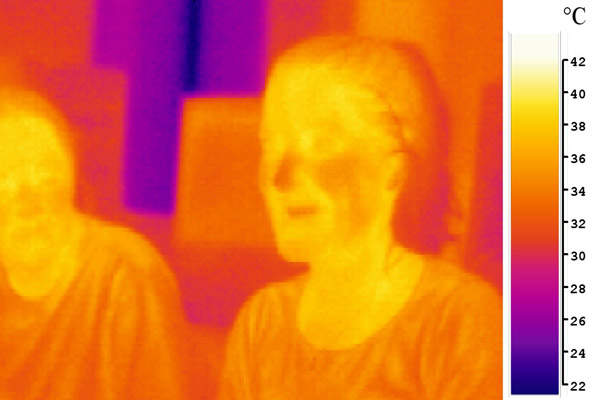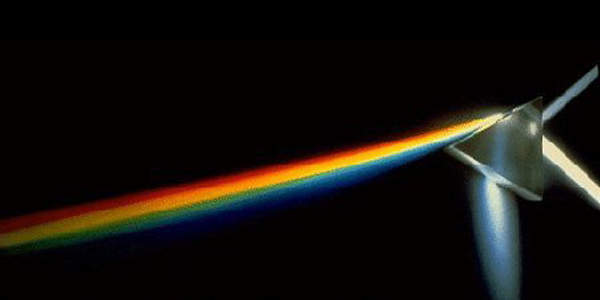Falco is a state-of-the-art medium-altitude endurance and tactical unmanned air vehicle (UAV) manufactured by the Italian sensors developer Selex Galileo. It will be co-produced by Pakistan Aeronautical Complex (PAC) at its Kamra facility in Punjab province. The co-production of Falco began in August 2009. Falco is principally employed by the Pakistan Air Force for optronic and electronic surveillance applications, and homeland security operations.
Though the Falco UAV is large enough to accommodate both a missile and targeting system, it will currently be used for only reconnaissance and surveillance applications. Falco will be equipped with laser-guided missiles in the future to carry out offensive operations. The Falco UAV has one hard point on each wing and will carry a load capacity of up to 25kg.
The flight campaign of the Falco UAV was completed in September 2009. Selex Galileo has integrated and tested multiple payloads including electro optic and infrared sensors, and synthetic aperture radar during this campaign. Another six-month campaign was completed in December 2009. The extensive flight test was conducted under extreme weather conditions ranging from the ice-cold temperatures of Northern Europe to 50°C hot desert climate.
Falco UAV design
The Falco UAV system has been designed to perform missions such as target detection, localisation, identification and designation through its on-board sensor suite. It also captures information about enemy battlefields and transfers it to commanders at ground stations.
The system is equipped with automatic take-off and landing facility (with STOL performance), fully redundant and fault-tolerant control systems, digital buses and control link equipment, automatic area surveillance modes and near-real-time target image processing, mission preplanning, retasking, mission simulation and autonomous navigational systems.
Falco comprises a ground control station (GCS), ground data terminal (GDT), ground support equipment (GSE) and four Falco air vehicles including payloads. The GCS manages mission planning and retasking, mission simulation for operator training, and mission rehearsal and playback.
The GCS operator can control the payloads and sensors while collecting data from the battlefield. The data collected can be evaluated and processed through C4I net during the mission planning phase enabling the aircraft’s independent operation features. Being an unmanned air vehicle, the aircraft can be flown either manually or in automatic mode, including automatic take-off and landing operations.
Orders and deliveries
Finmeccanica’s defence equipment manufacturer Galileo Avionics was awarded a contract by the Pakistan Air Force (PAF) in June 2008 to supply 12 to 20 Falco UAVs for three to four Falco systems.
Galileo Avionics has delivered the first Falco UAV system, which includes four UAVs and a ground control station. The second system is due for delivery in the near future and third is held as an option.
Landing gear
The fixed tricycle-type landing gear has been designed by Selex Galileo. It can avoid payload and structural damage caused to aircraft by heavy landings (decks landings or parachute recovery). It is also used in semi-prepared landing strip operations.
Sensors
Sensors being used in the Falco UAV include a thermal imager, a colour TV camera, a spotter or a laser designator, NBC (nuclear, biological and chemical) sensor, an electro optic sensor and an infrared sensor.
The NBC sensors enable army personnel to detect any nuclear, biological and chemical attacks from enemies. Electro-optic sensors increase the range and vision of aircraft at low-light levels. They convert the light rays into electronic signals.
Infrared sensors are primarily used by ground vehicle operators for clear visibility of the battlefield. They capture infrared rays emitted by objects.
Selex is planning to incorporate electronic intelligence and communication intelligence features in the exisitng Falco fleet.
Radar
The radars being used by the Falco UAV include synthetic aperture radar (SAR), maritime surveillance radar (MSR), self-protection equipment and ESM (electronic support measures). The synthetic aperture radar deployed in Falco captures high-resolution images of the battlefield even in bad weather conditions, using highly modern digital electronics technology.
The electronic support measures radar helps Falco in threat detection, and examines the area to determine signals emitted from the surrounding radars. It is primarily used for examining the battlefield and provides the ground station commandars with relavant data.
Performance
The Falco UAV flys at a height of 6,500m and can carry a maximum payload of 70kg. It has the capacity to fly at a maximum speed of 60m/s with an endurance of eight to14 hours. It is powered by a single 49kW (65hp) gasoline engine to provide required electricity for the aircraft during its operation in air.
It is also building an upgrade kit to increase the UAV’s payload capacity to 120kg and endurance to 18 hours with a maximum take-off weight of 750kg.
Communications
The ground data terminal (GDT) offers communication link range between the GCS and Falco air vehicle flying at a range of over 200km. It uses jam-resistant data transmission in real time. The GDT provides data, reports, annotated images and processed video clips of the battlefield to commanders at the ground control station.







